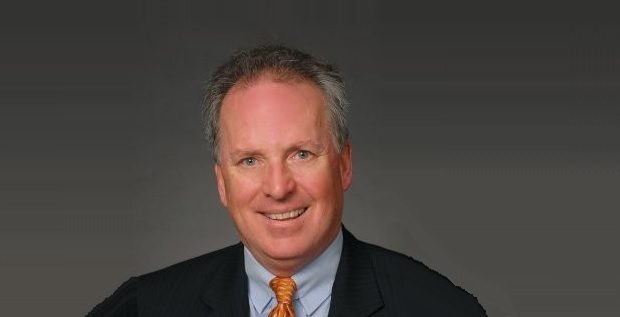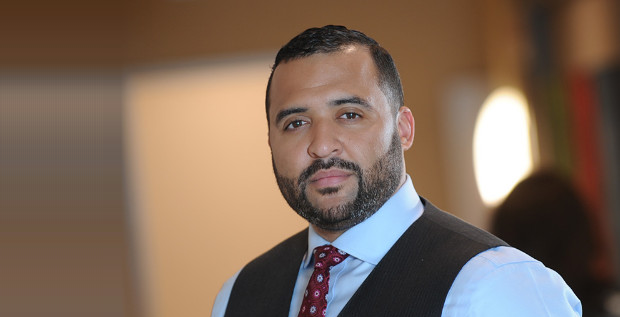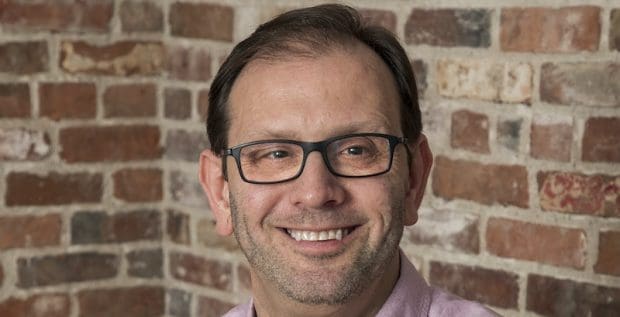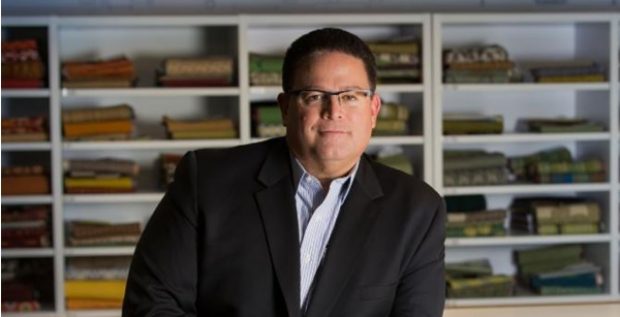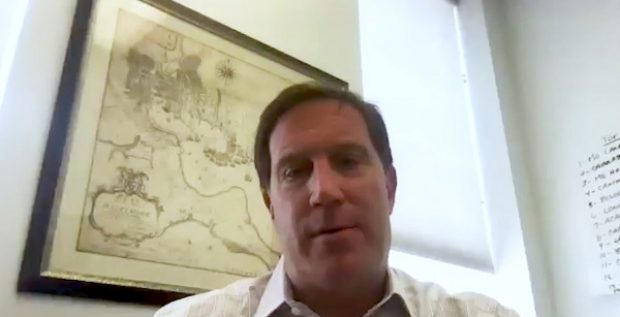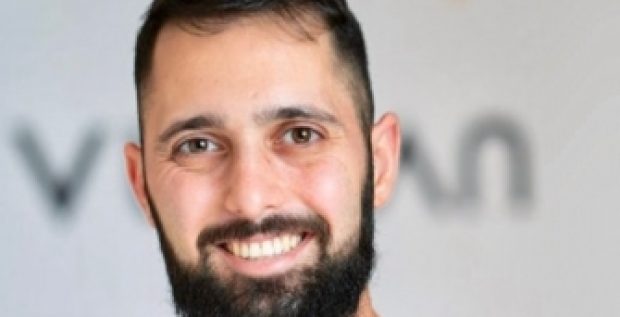Adam Landau is the CEO of Permit Capital Advisors, an independent investment advisory firm headquartered in suburban Philadelphia. For almost 20 years, five of them at Permit, Adam has helped institutions and high net worth individuals meet their investment goals through a customized approach grounded in thorough market analysis. Permit is known for its objectivity, client-first attitude, and sometimes unconventional risk management strategies. Before joining Permit Capital Advisors, Adam was managing director of McCabe Capital Managers, Ltd., where he oversaw the company’s advisory services. Aside from his career at Permit, Adam is also a member of the Global Interdependence Center, and serves on the Board of Trustees of C.B. Community Schools, and the Board of Trustees of Bancroft.
Adam Landau spoke with Jeff Mack of Newmark Grubb Knight Frank for this interview.
JEFF MACK: Welcome, Adam. Can you tell us about the company and give us an overview of Permit Capital Advisors as well as Permit Capital, LLC, with whom the firm sometimes consults?
ADAM LANDAU: Thanks, Jeff. Permit Capital Advisors is an investment advisory firm that was launched in 2011. Permit Capital was actually formed in 2002, so it’s important to make that distinction. Permit Capital was formed by a group lead by Richard Worley, who was the former managing partner of Miller Anderson & Sherrerd. They were sold in 1996 to Morgan Stanley. Richard was the CEO of Morgan Stanley Asset Management, stayed there for five years, and then formed Permit Capital to manage money for himself, his family, and a couple of other families as well. To tie that together with Permit Capital Advisors, I had been with another investment advisory firm, right down the road from where I am today, called McCabe Capital. In 2010, I had been there for 14 years, at the time that I left. But, in 2010, a year before I left, the firm was acquired by another entity, and while I think it was a good move for the firm and it was a good move for the principal, it wasn’t necessarily the right move at that point in my career. I had a couple of partners that felt the same way, so we decided that we were going to move on from McCabe. We had a couple of options at that time—a couple of other financial services firm in Philadelphia: there was a bank, a private equity company, a platform company, and another investment advisory firm that wanted to bring us over as a group and have us launch for them an ultra high net worth advisory business.
One of my partners, a woman by the name of Mimi Drake, who came out of Miller Anderson & Sherrerd—where Richard Worley, as I said, was the general partner, and he had always been a mentor to Mimi—suggested that we go to Richard to walk about what our options were. Richard had grown and sold a really successful investment firm. He was, and is, a very well respected member of the community—a great investor—and we went to Richard one day and sat down for lunch, and said, “these are kind of the four options we have—what sort of advice would you offer us?” What was designed to be just a lunch became a series of lunches. Richard asked us to come back the next day and ended up getting into a philosophical investment discussion, and asked me my thoughts on the world and different managers, and different allocations, and different asset classes. What was then two lunches became kind of a week-long discussion that we ended up having with Richard. At the end of that week, he came to us and said, “Rather than telling you what option I think you should pursue with the four that are on the table, why don’t you think about coming here at Permit and taking what is extensibly a single”—or kind of dual family office at that point in time—“and growing it as an advisory practice similar to what you have at McCabe?” And taking over a portion of his family’s assets, and really utilizing him, and his skills, and his resources, and reputation, and the people that he was surrounded with, and using that as kind of the launching pad for our business.
That was just a game changer for us because Permit, in my mind, always had a really pristine reputation within the investment community. Richard and his partners at Permit were really the types of clients that we always pursued. It was just a great place for us to be. It was a nice way to start a new business without a completely green field approach, where we had a little bit of history and resources behind us, but we still had the latitude to grow a business in whatever way we saw fit.
Q. How would you describe your advisory approach?
A. Well, we’re really style agnostic. I think that we give what the market offers, so there will be points in time where we focus more on one style than another, but one of the important things to understand about our model is that we customize to the client that we work with. So, while there will be a lot of commonality across portfolios, one of the things that we do that really sets us apart is we spend time understanding the needs and the risk tolerances and the profile of the individual client, whether it is a high net worth family or an endowment or a foundation. To sit here and tell you what our style is would be difficult to do because it’s not only different depending on where we are in a market cycle, but it differs depending client to client. There’s really no such thing as a typical client or typical investment style. There are certain tendencies we have; I think if you look at the investments that we make, they tend to do very well over time, in part, because they tend to hold up better in down markets. When we look at the performance of an underlying investment, historically we look at how it is done in up markets and down markets. It’s too broad of a statement to make, but on average our investments tend to hold up well in down markets. We probably have a little bit of a value inclination. In my role as the chief investment officer, I see two important sides to our business—three really: you have the investment side, you have the client side, and then you have the back office operational side. What I do is bridge the gap between the investment work that we do and the work that we do with our clients, so I spend a good chunk of my time meeting with our managers, sitting down discussing asset allocation strategies, going around the world and looking for unique investment opportunities… But then I also spend a good chunk of our time meeting with our clients, understanding what their needs and preferences are, understanding how best to deliver a portfolio for them that’s going to match their needs and help them meet their goals.






